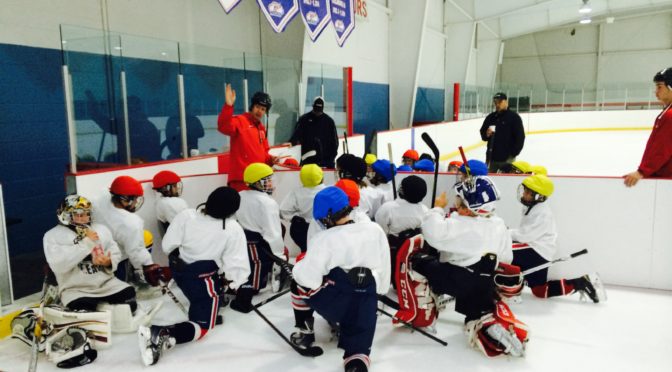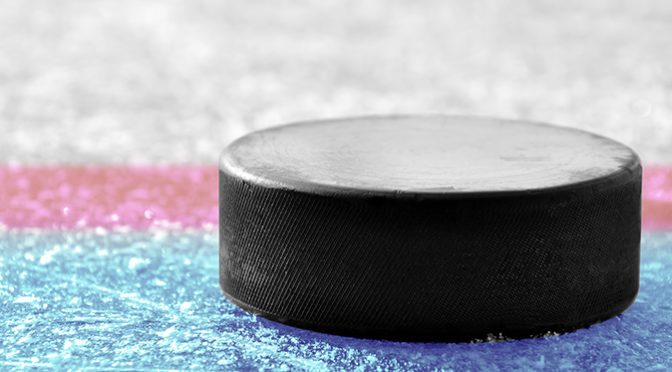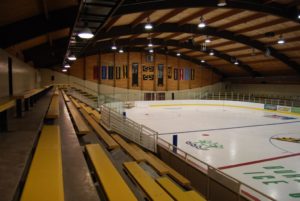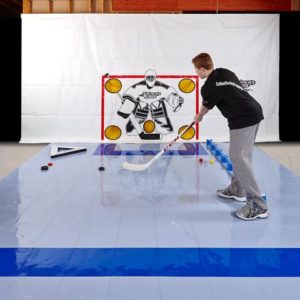20
June
Discipline & Dedication: Make Successful Strides This Summer
Posted by Greg Carter

The top players in hockey are the best for many reasons, including possessing above average skill, but in addition to the talent, the best of the best also are the most driven to learn, develop and succeed. As you work hard to improve your game over the next few months, keep in mind the following list of intangibles that will help you make successful strides this summer!
Desire
We love players with desire! Desire to learn, desire to work hard, desire to go the extra mile, desire to be a leader, desire to be a great teammate. Players with desire are a coach’s favorite and the ones they rely on in key situations.
Creativity
Players can’t be afraid to make mistakes, especially at summer hockey school. This is the time to work on areas of your game that you have been compensating for during the season. Try that new move around the defense, take a snap shot rather than a wrist shot, try a deke on the goalie rather than firing the puck right away. Summer is the best time to not only work on new moves, but to incorporate them into your game so that when the season hits, you are ready to win!
Skill
When we talk about the CARTER method of training we incorporate six key areas that build a solid foundation for players: Control, Agility, Reflex, Technique, Edge, Retention. Players of all ages and talent levels need to increase their skill, and hard work is the best way to accomplish this.
Discipline
Good players show up to the rink. Great players arrive early, ready to warm up and are focused on accomplishing something, each and every time they hit the ice. Good players might do this 50 percent of the time, but great players have the discipline to set aside everything else (school, friends, phones, etc.) and focus 100% on hockey during the time they are training. “Discipline is the bridge between goals and accomplishment.”
Dedication
Similar to discipline, dedication is the commitment to the game of hockey, and not just during the fun times (games!) but more importantly, during practices and training, both on and off the ice. If you are both disciplined in your approach to the game, and dedicated to your goals, the sky is the limit!
We look forward to seeing you at the rink this summer. We have camps in ten states over the next few months and it’s not too late to register! Click here for last minute registration opportunities.






 Subscribe
Subscribe Subscribe
Subscribe




